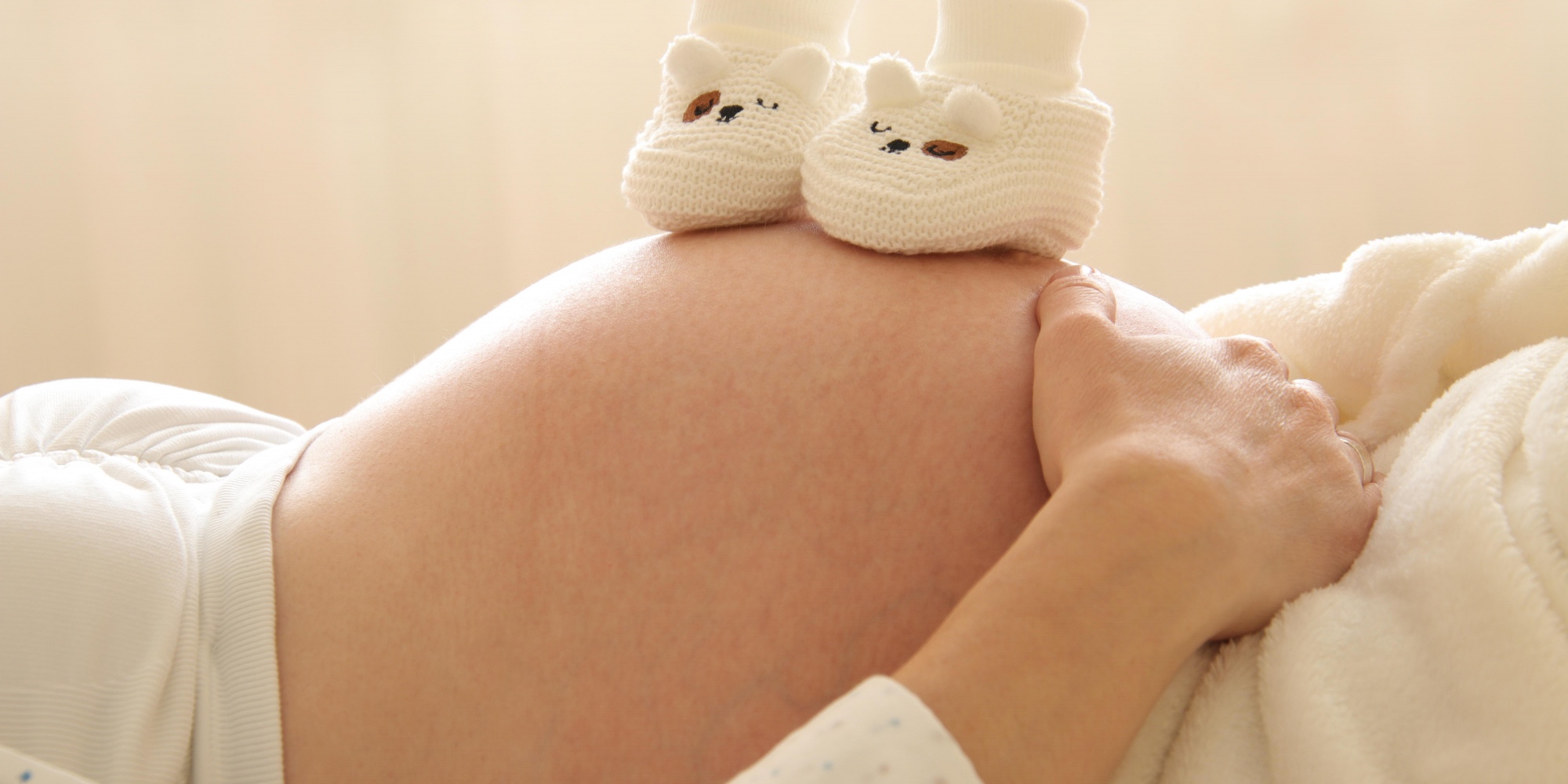When you reach the end of your pregnancy and you have contractions, it is sometimes difficult to differentiate between the start of labor and “a false alarm”. Here are the different stages of childbirth and the solutions to reduce pain according to “Santé magazine” and the webzine “Maman pour la vie”.
What are the stages of childbirth?
Throughout pregnancy, the cervix is described as thick and closed. For the baby to come into the world, the cervix must first thin, it is said to “fade”, and then it opens.
When this first stage begins, the contractions are painful, come closer together and intensify. When this is the case, it is time to contact the professional who is following you or to go directly to the maternity ward. At this stage, the cervix opens between three and five centimeters. These first few centimeters are often the slowest, especially if it’s a first birth. In general, it takes an hour for a dilation of one centimeter.
Once the cervix is dilated to five centimeters, labor speeds up and contractions become even more intense. We now generally expect two centimeters of dilation per hour. This dilation phase lasts on average eight hours if you have never given birth and around four hours otherwise. The cervix must be opened ten centimeters to be at “full dilation”. At this point, it’s almost time for “eviction.”
When the baby’s head is engaged in the pelvis, pushing can begin. Once the baby’s head is out, the midwife releases the baby’s shoulder and slides the baby’s body outwards. Your child is officially born!
But the “work” is not quite finished. A few minutes later, small contractions reappear. This is “delivery”, that is to say the expulsion of the placenta. The midwife then gently pulls on the umbilical cord and the placenta comes out of the womb.
With or without epidural?
Today, more than 82% of women use an epidural, according to a Public Health France survey published in 2021.
An epidural is an anesthesia that provides local pain relief. During childbirth, it puts the lower body to sleep and thus relieves contractions through the use of a catheter inserted into the lumbar spine. Anesthetic products are administered through this catheter and the dose can be directly controlled by the mother using a pump.
The pain of contractions is relieved approximately fifteen minutes after installation. The epidural allows some women to approach childbirth more calmly. It also limits fatigue during this intense effort where energy expenditure is high and is therefore rather useful for mothers and fragile fetuses.
Some women choose to give birth in a “physiological” way, that is to say without using an epidural. More and more women want to give birth in a less medicalized environment, or even at home. Without anesthesia, these women say they feel freer to take the positions of their choice. Their legs not being asleep, they can stand up and thus facilitate the descent of the baby into the pelvis, labor is then generally faster. For some women, it is necessary to feel the contractions and thus have control over their delivery. The urge to push is inevitable and feeling the baby’s head generally allows for more effective pushing.
In order to relieve the pain associated with childbirth without an epidural, specialists recommend lower back massages by the accompanying person, walking or even hot baths. Breathing also plays an important role in pain management. Learning to manage your breathing by practicing prenatal yoga or sophrology, for example, can be good ways to reduce the pain of childbirth.
